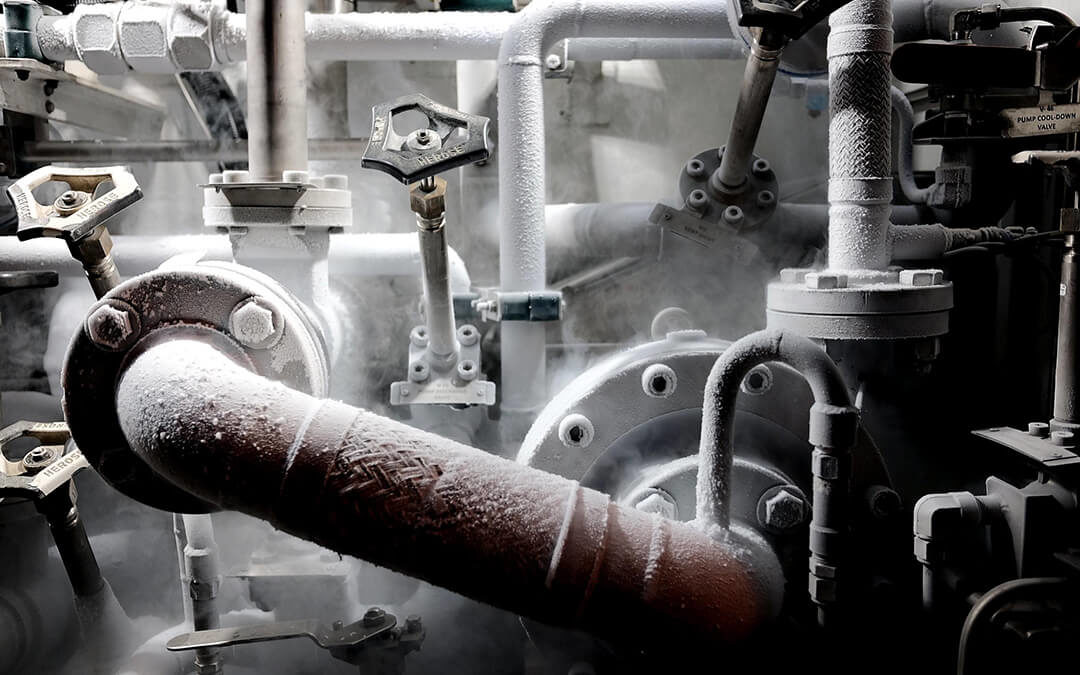Is liquid nitrogen safe to handle without precautions?

- Extreme Cold Temperature: Direct contact with skin can cause severe frostbite and cryogenic burns, leading to serious tissue damage similar to thermal burns.
- Rapid Expansion: Nitrogen gas can displace oxygen in the air, leading to asphyxiation in enclosed spaces. The rapid expansion can also cause pressure build-up in sealed containers, potentially leading to explosions.
- Material Brittleness: Exposure to liquid nitrogen can make materials like rubber, plastic, and certain metals brittle and prone to shattering, posing additional hazards.
- Condensed Oxygen: Oxygen from the air can condense on surfaces cooled by liquid nitrogen, creating a highly flammable environment and increasing fire risks.
- Handling and Transport: There is a risk of spills and splashes, which can cause severe injuries if protective clothing is not worn.
- Ventilation: Adequate airflow is essential in areas where liquid nitrogen is used to prevent oxygen displacement and ensure safety.
- Protective Equipment: Insulated gloves and safety goggles are crucial to protect against splashes and direct contact.
- Training and Awareness: Individuals handling liquid nitrogen should be properly trained in its safe use and emergency procedures.
- First Aid Measures: Emergency procedures should be in place for cryogenic burns and asphyxiation incidents, and prompt medical treatment should be available for any injuries related to liquid nitrogen exposure.
- Environment Control: Liquid nitrogen should be used in controlled environments with measures to handle accidental releases and prevent environmental damage.
Created by: Salasar Carbonics
Recommended





Comments